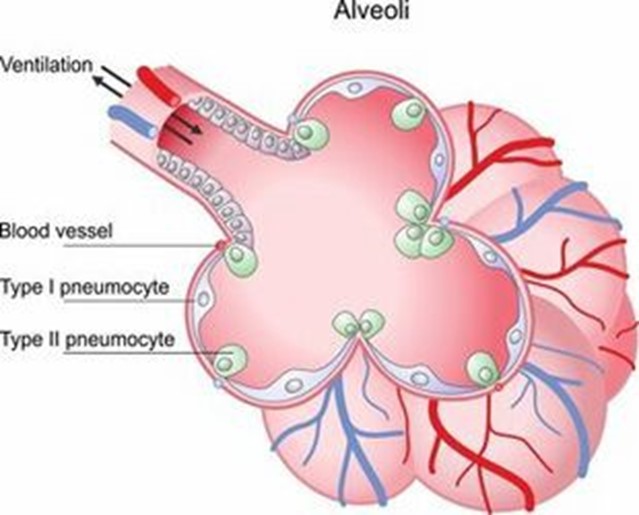A home health care nurse is reinforcing teaching about breast engorgement with a client who is postpartum and is breastfeeding her newborn. Which of the following client statements indicates an understanding of the teaching?
"I won't wear a bra during the daytime.".
"I'll apply cold compresses 20 min before each feeding.".
"I'll feed my baby every 2 hours.".
"I will stop breastfeeding until I am done with the antibiotics.".
The Correct Answer is C
Choice A rationale:
Wearing a supportive bra can actually help to manage engorgement, so it's not recommended to avoid wearing one during the day.
Choice B rationale:
Cold compresses are typically applied after feeding to reduce swelling, not before. Applying them before might hinder the milk let-down reflex.
Choice C rationale:
Frequent feeding can help to alleviate engorgement by ensuring that the breasts are being emptied regularly.
Choice D rationale:
Stopping breastfeeding until finishing antibiotics is not advisable, as it can lead to decreased milk supply and potential issues with engorgement. Antibiotics prescribed by a healthcare provider are usually safe to take while breastfeeding, and interrupting breastfeeding can exacerbate the engorgement problem. This choice is not appropriate for managing breast engorgement and is therefore incorrect.
Nursing Test Bank
Naxlex Comprehensive Predictor Exams
Related Questions
Correct Answer is B
Explanation
Choice A rationale:
Providing a heat source for the newborn is not the purpose of surfactant. Surfactant is a substance produced in the lungs to reduce surface tension and prevent alveolar collapse during expiration. It helps with the exchange of gases, but it does not generate heat.
Choice B rationale:

This is the correct answer. Surfactant plays a crucial role in assisting the alveoli to remain open by reducing surface tension. This, in turn, allows for proper gas exchange, especially of oxygen and carbon dioxide.
Choice C rationale:
Assisting the ductus arteriosus to remain open is not the purpose of surfactant. The ductus arteriosus is a fetal blood vessel that connects the pulmonary artery to the aorta, bypassing the lungs. After birth, it should close on its own, and surfactant does not influence this process.
Choice D rationale:
Providing energy to the newborn is not the purpose of surfactant. Energy for the newborn comes from nutrition, particularly breast milk or formula, and not from surfactant
Correct Answer is C
Explanation
Choice A rationale:
Iron is crucial for the development of hemoglobin, which carries oxygen to all parts of the body, including the bones, but it does not directly facilitate bone growth.
Choice B rationale:
While newborns do metabolize iron, their iron stores are limited, and breast milk alone may not meet their iron needs.
Choice C rationale:
When educating a parent about the use of iron-fortified formula for their newborn, it is essential to convey that newborns have a limited store of iron, which begins to deplete around the age of 6 months.
Choice D rationale:
Iron facilitating eyesight development is not a relevant aspect to consider when discussing the use of iron-fortified formula for a newborn. While iron is essential for various physiological functions, it is not specifically linked to eyesight development.
Whether you are a student looking to ace your exams or a practicing nurse seeking to enhance your expertise , our nursing education contents will empower you with the confidence and competence to make a difference in the lives of patients and become a respected leader in the healthcare field.
Visit Naxlex, invest in your future and unlock endless possibilities with our unparalleled nursing education contents today
Report Wrong Answer on the Current Question
Do you disagree with the answer? If yes, what is your expected answer? Explain.
Kindly be descriptive with the issue you are facing.
